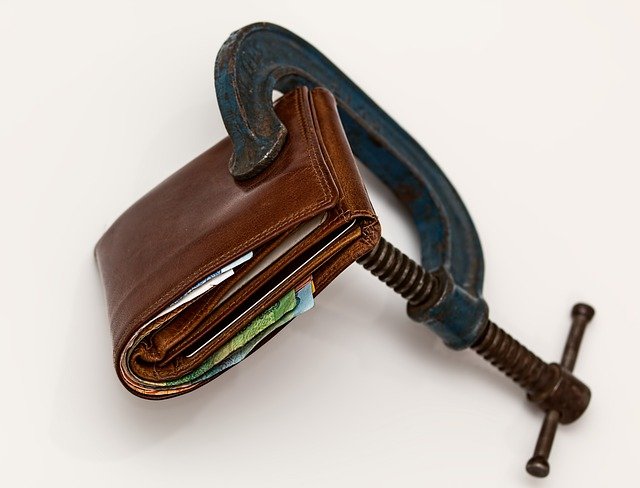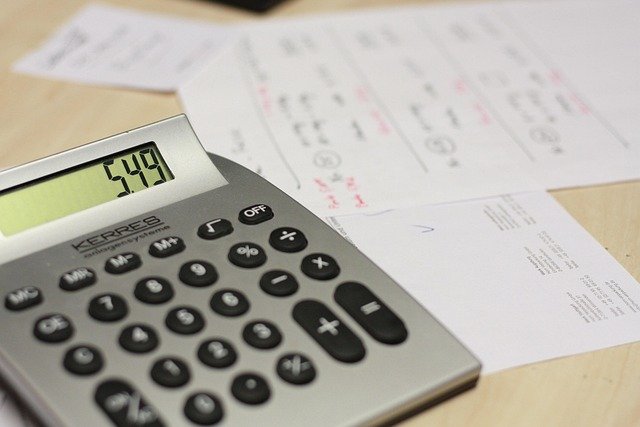Healthy Snacking for Diabetes Management: Nutritious Options and Tips
Maintaining stable blood sugar levels is crucial for individuals with diabetes. While main meals play a significant role in diabetes management, snacks can also have a substantial impact on blood glucose control. Choosing the right snacks can help prevent blood sugar spikes and crashes, provide essential nutrients, and keep hunger at bay between meals. This article explores healthy snack options and offers valuable tips for people with diabetes to make informed choices about their between-meal eating habits.

-
Fresh vegetables with hummus or guacamole
-
A small handful of unsalted nuts or seeds
-
Hard-boiled eggs
-
Greek yogurt with berries
-
Cheese and whole-grain crackers
-
Apple slices with almond butter
-
Celery sticks with peanut butter
-
Roasted chickpeas
-
Homemade trail mix with nuts, seeds, and a small amount of dried fruit
-
Edamame
These snacks provide a good balance of nutrients while helping to keep blood sugar levels stable.
How can portion control affect blood sugar management?
Portion control is crucial for effective diabetes management, even when it comes to healthy snacks. Consuming too much of any food can lead to increased blood sugar levels. Here are some tips for practicing portion control:
-
Use smaller plates and bowls to create the illusion of a fuller plate
-
Measure snacks and divide them into single-serving containers
-
Read nutrition labels to understand serving sizes
-
Use your hand as a guide: a palm-sized portion for protein, a fist-sized portion for vegetables, and a thumb-sized portion for fats
-
Avoid eating directly from large packages or containers
-
Plan and prepare snacks in advance to avoid overeating
By paying attention to portion sizes, individuals with diabetes can enjoy a variety of snacks while maintaining better control over their blood sugar levels.
What role do carbohydrates play in diabetic snacking?
Carbohydrates have the most significant impact on blood sugar levels compared to other macronutrients. For people with diabetes, it’s essential to understand how different types of carbohydrates affect blood glucose. When choosing snacks, consider the following:
-
Opt for complex carbohydrates: These are found in whole grains, legumes, and vegetables. They are digested more slowly, leading to a gradual rise in blood sugar.
-
Limit simple carbohydrates: Foods high in added sugars or refined grains can cause rapid spikes in blood glucose.
-
Pair carbohydrates with protein and healthy fats: This combination can help slow down the absorption of sugar into the bloodstream.
-
Consider the glycemic index (GI) of foods: Low-GI foods have less impact on blood sugar levels compared to high-GI foods.
-
Count carbohydrates: Keep track of the total carbohydrates consumed in snacks to maintain better blood sugar control.
By making informed choices about carbohydrate consumption in snacks, individuals with diabetes can better manage their blood sugar levels throughout the day.
How can fiber-rich snacks benefit diabetes management?
Fiber is an essential nutrient for everyone, but it’s particularly beneficial for people with diabetes. Incorporating fiber-rich snacks into your diet can offer several advantages:
-
Blood sugar regulation: Soluble fiber slows down the absorption of sugar, helping to prevent rapid spikes in blood glucose levels.
-
Improved satiety: High-fiber snacks can help you feel fuller for longer, reducing the likelihood of overeating.
-
Digestive health: Fiber promotes regular bowel movements and supports a healthy gut microbiome.
-
Cholesterol management: Soluble fiber can help lower LDL (bad) cholesterol levels, reducing the risk of heart disease.
-
Weight management: Fiber-rich foods are often lower in calories and can aid in maintaining a healthy weight.
Some excellent high-fiber snack options for people with diabetes include:
-
Chia seed pudding
-
Sliced bell peppers with hummus
-
Air-popped popcorn
-
Whole grain crackers with avocado
-
Roasted pumpkin seeds
-
Baked sweet potato wedges
By incorporating these fiber-rich snacks into their diet, individuals with diabetes can enjoy tasty treats while supporting their overall health and blood sugar management.
What are some tips for smart snacking with diabetes?
Adopting smart snacking habits can significantly contribute to effective diabetes management. Here are some valuable tips to keep in mind:
-
Plan ahead: Prepare healthy snacks in advance to avoid reaching for unhealthy options when hunger strikes.
-
Stay hydrated: Sometimes thirst can be mistaken for hunger. Drink water regularly throughout the day.
-
Timing matters: Space snacks evenly between meals to help maintain steady blood sugar levels.
-
Be mindful: Pay attention to hunger cues and avoid snacking out of boredom or stress.
-
Read labels: Check nutrition facts to make informed choices about packaged snacks.
-
Experiment with new recipes: Try making your own healthy snacks to add variety to your diet.
-
Keep a food diary: Track your snacks and their effects on blood sugar to identify patterns and make adjustments as needed.
-
Consult with a dietitian: Work with a registered dietitian specializing in diabetes to create a personalized snacking plan.
By implementing these strategies, individuals with diabetes can make snacking a positive part of their overall nutrition plan, supporting better blood sugar control and overall health.
In conclusion, snacking can be an essential component of diabetes management when approached thoughtfully. By choosing nutrient-dense foods, practicing portion control, understanding carbohydrate impacts, incorporating fiber-rich options, and following smart snacking tips, individuals with diabetes can enjoy satisfying and healthy between-meal treats while maintaining stable blood sugar levels.
This article is for informational purposes only and should not be considered medical advice. Please consult a qualified healthcare professional for personalized guidance and treatment.






